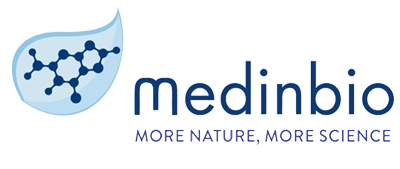Agricultural context
Overcoming a technical impasse with the help of Medinbio.
Asparagus beetles, Crioceris asparagi, and Crioceris duodecimpunctata, are pests that consume the aerial parts of the plant. This defoliation reduces photosynthesis and can lead to the death of the plant. Their impact on the crop is increasing due to the discontinuation of several synthetic substances (ban on neonicotinoids).
The only phytosanitary product with a certain effectiveness against locusts is based on spinosad. However, it can be used with a derogation at the moment, but its use is still uncertain from one year to the next.
The importance of looking for natural alternatives has led producers to call on MEDINBIO.
 The Landes ( South of Bordeaux )
The Landes ( South of Bordeaux )
 2019
2019
 Asparagus
Asparagus

Northern France (Picardy Beauce Champagne Burgundy Aquitaine)

2019

Potato
Method implemented by Medinbio
MEDINBIO has studied the life cycle of the pest to determine a management strategy.
The most damaging stage of the locust on asparagus is the larval stage.
The stage of dissemination of the locust is the imago.
MEDINBIO has therefore proposed a dual strategy to intervene more effectively on the development cycle of the insect.
Products used
The implantation of entomopathogenic nematodes within a culture is a delicate step, as they do not easily withstand dehydration. As a solution, MEDINBIO recommends the combined application of a product based on natural substances with innovative biostimulant use resulting from our research: AQUANEM, as well as a very precise application protocol.
The implantation of entomopathogenic nematodes within a culture is a delicate step, because they do not easily support dehydration. As a solution, MEDINBIO advises the application of an innovative moisturizer resulting from our research: AQUANEM as well as a very precise application protocol.
Results obtained
Following the application of NEMATRIDENT in combination with AQUANEM, the larvae rapidly lose their feeding behaviour and die after a few days.
The effectiveness of this combination has been proven on several hectares.
During the screening of repellents, several substances were found to be interesting and can be used in combination with registered spinosad products to limit the colonisation of crops by winged leaf beetles.

